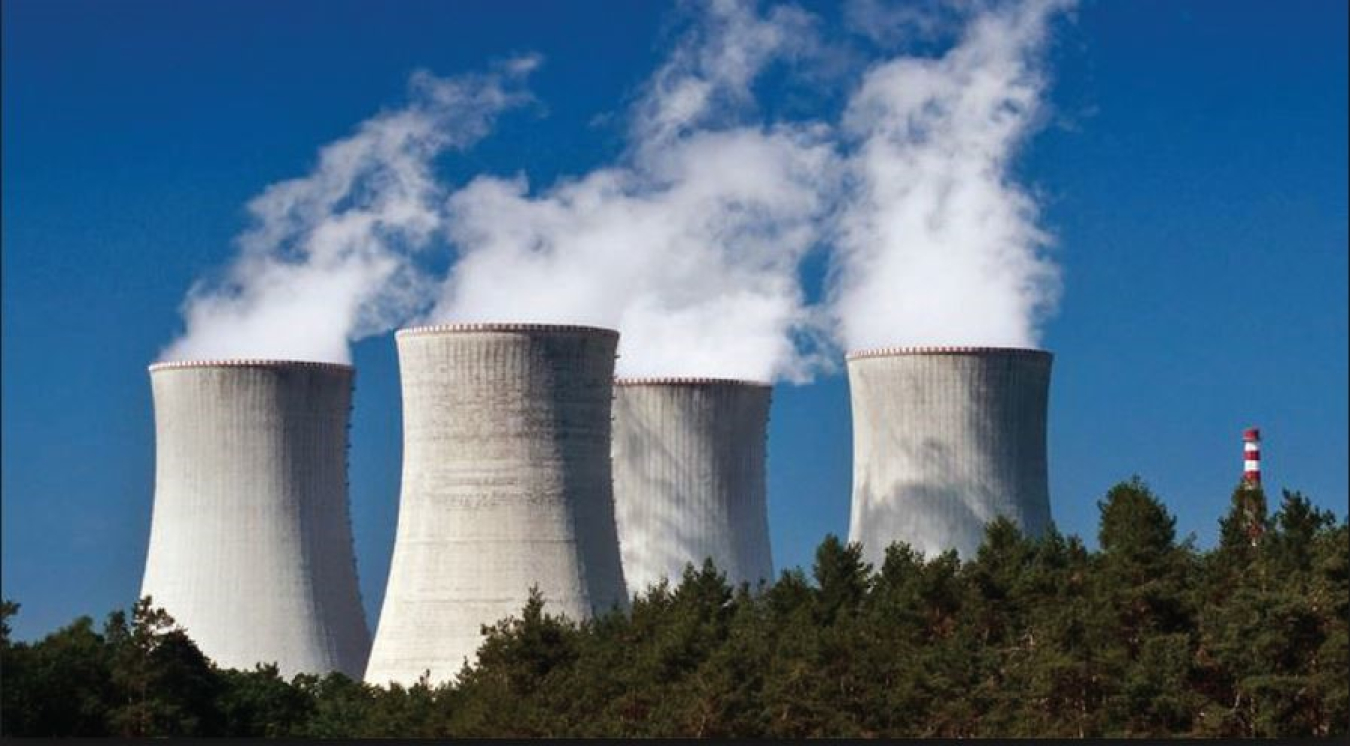
Achieve near-zero water impact for new thermoelectric power plants, and significantly lower freshwater use intensity within the existing fleet
BACKGROUND – Thermoelectric power plants utilize large volumes of freshwater for cooling operations. This water use accounts for about 40% of water withdrawals in the United States. Effluent water from thermoelectric power plants that is returned to its source can affect aquatic ecosystems if altering natural water temperatures and flows. Water that evaporates and is not returned to its source is considered consumed; this accounts for about 3% of U.S. water consumption.
CHALLENGE – The thermoelectric power sector’s reliance on water poses a risk in light of anticipated warming ambient temperatures, increased water stress, and more frequent extreme events like droughts. If improperly managed, the water demand of the thermoelectric power sector may limit water available to other uses, limiting economic growth of surrounding communities.
OBJECTIVE – The Water Security Grand Challenge aims to accelerate research, development and deployment of new technologies that lead to near-zero water impacts for newly built thermoelectric power plants along with significantly lower freshwater use intensity for existing thermoelectric power plants.
TIMELINE
- In August 2020, the Office of Fossil Energy selected a project to receive $1.5 million to enable near-zero water consumption of power plants.
- In April 2020, the Office of Fossil Energy announced an invitation for public comment on the design of the Thermoelectric Cooling prize competition. The Request for Information sought input on a prize for novel equipment designs—including materials and methods of manufacture for both wet and dry cooling systems and combinations thereof, as well as systems with alternative working fluids.
- In May 2019, DOE’s Office of Fossil Energy announced $4 million for four projects under the University Training and Research Program. One of the projects focused on developing a blowdown water treatment process using produced water and waste heat to maximize water reuse and saleable by-product generation while reducing the chemical and energy footprints of the treatment of thermoelectric power plants.

